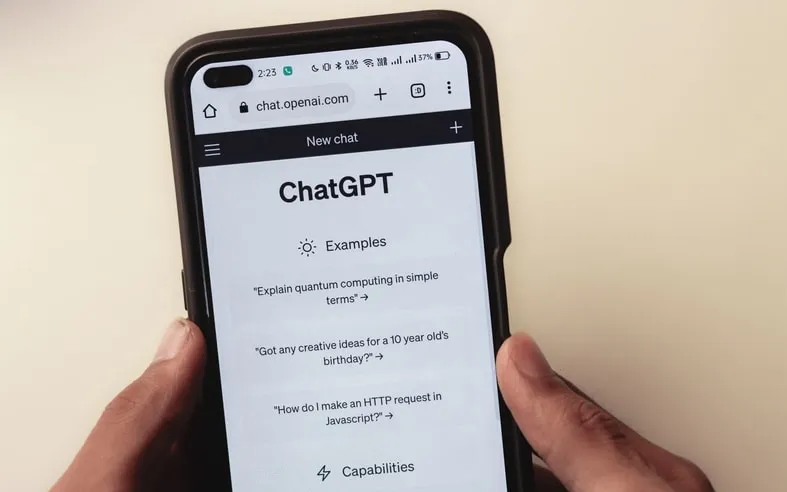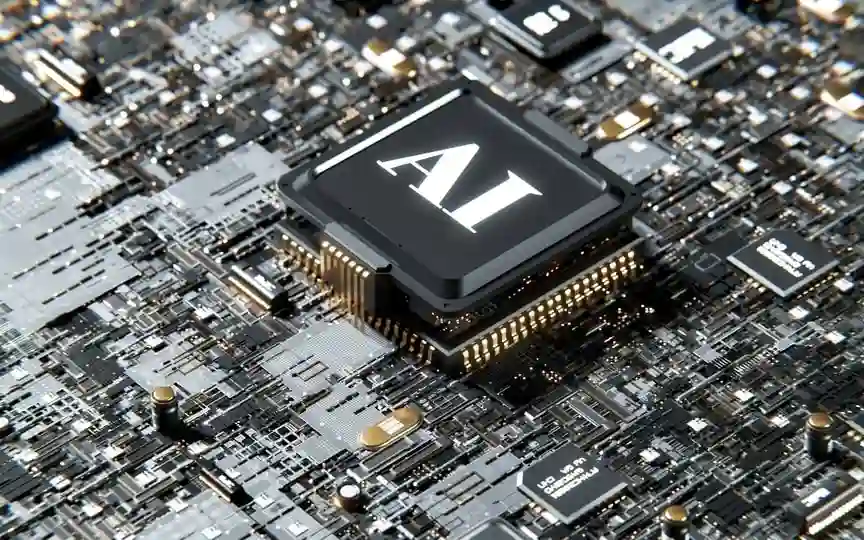AI Technology Facing Legal Challenges: Dall-E, Midjourney, ChatGPT and More
In recent times, Dall-E, Beatoven, and Midjourney have gained widespread recognition due to their clever wordplay and poetic titles. Another popular application, ChatGPT, has also garnered significant attention. The emergence of Generative Artificial Intelligence (GAI) has captivated the interest of both individuals and enterprises, as it allows for artificial creativity on an unprecedented scale. These applications have the ability to generate various outputs, including text, images, music, videos, and even 3D printing, although they are not yet flawless.
GAI is all about creativity, and the first obvious question it raises is intellectual property. On the one hand, it is alleged that GAI’s training procedures have been violated with respect to existing copyrighted works. GAI is usually trained on huge amounts of data on the Internet. This can include articles, news pages, and illustrated websites (and even entire e-books, according to some reports), all of which are copyrighted works. Several lawsuits have already been filed in the US for copyright infringement by GAI developers during the training process. The training process does not necessarily include the approval or authorization of all authors, which raises concerns about the authors’ independence in their work. Although GAI training includes copying and recording of copyrighted works, whether this constitutes infringement may depend on factors such as fair use principles, commercialization of GAI, scope of existing works infringing, revenue-related creativity and original work.
The flip side of the IP front is, of course, the authorship of GAI’s output and whether GAI’s output can even be classified as a copyrighted work. Concepts of authorship have traditionally revolved around individual authors, “corner sweat” and creativity (although ownership can belong to companies and other legal entities). Even the term copyright is related to the author’s life. Based on such precedents, it is difficult to ascertain whether the GAI developer, the input user, or both should be treated as the author of their work, since none of them applied their creativity or skill to a particular product. AI should not be treated as a legal entity, especially for copyright reasons, and therefore GAI may not be considered an author. This fragmentation can lead to the argument that GAI’s output is not primarily intellectual property because there is no author.
In addition to the above, the existence of biases and prejudices in AI is well documented. AI systems have been reported to exhibit racial and ethnic biases, as well as gender biases. Such a bias can have significant consequences, especially in public AI. For example, a text-based AI might take on certain characteristics based on a person’s race, while an image-generating AI might produce an output that assumes certain gender roles. When companies use GAI for customer-specific actions, this bias can lead to huge reputational risks as well as regulatory risks in jurisdictions with strict anti-discrimination laws.
This brings us to the broader issue of accountability, interpretability and accountability. Although neutrality is one source of potential risk, liability can also arise from illegal content. For example, if GAI produces hate speech or defamatory content, which party should be responsible for it – the developer of GAI, the company that publishes it, or the user who gives the prompt? The answer gets more complicated when companies also train GAI with their own data to serve their specific use case. Although GAI training is not always intentional, it is difficult, if not impossible, to understand or predict how GAI will produce final results. This “black box” problem leads to liability issues especially when GAI is used for public use cases. How GAI developers and their commercial customers share responsibility for GAI results is an important legal consideration. Accordingly, these legal issues are key to establishing the value and associated risks of GAI’s business and services.
Screenplay: Hudhayfa Tavwala and Aniruddha Majumdar




